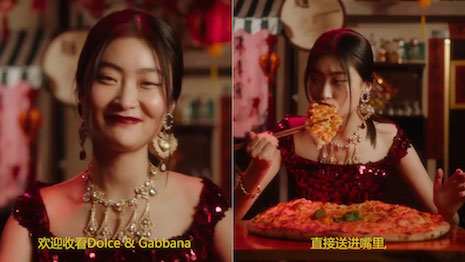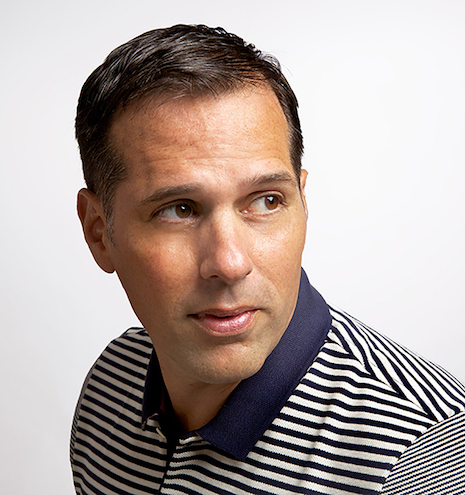 Dolce&Gabbana's China social media video campaign mocked a Chinese woman for not knowing how to use chopsticks to eat pizzas. Image credit: Dolce&Gabbana
Dolce&Gabbana's China social media video campaign mocked a Chinese woman for not knowing how to use chopsticks to eat pizzas. Image credit: Dolce&Gabbana
By Daymon Bruck Italian fashion brand Dolce&Gabbana last month found themselves faced with yet another public relations and branding blunder by releasing a series of social media videos featuring a Chinese woman attempting to use chopsticks to eat four different types of Italian food in an effort titled “The Great Show.” The overall effect was culturally insensitive at best and for many Chinese, blatantly racist. The effort led to the cancelation of Dolce&Gabbana's China fashion show. Wagging the finger One of the local models who backed out of the upcoming D&G show in China posted on social media after the brand came out with an apology (which somehow never used the word “sorry”) saying, “Be sure that from now on, no one from China (and probably the whole world” will ever purchase anything from your brand. Sucks right? You thought you would make money by coming to China and by holding a show while being so disrespectful and racist? You got it all wrong because we aren’t dumb when you say you love China. you don’t love China, you love money. China is rich yes but China is rich in its values, its culture and its people and they won’t spend a penny on a brand that does not respect that.” Ouch. Chinese people react to Dolce&Gabbana's China social campaign. Video by Hafu Guo Dolce&Gabbana have a history of making insensitive statements and actions. In 2015, the brand released a shoe that was named the “Slave Sandal” and in 2016 they offended the global LGBTQ community by stating that “The only family is the traditional one. No chemical offspring and rented uterus,” claiming that “synthetic children” are created from “semen chosen from a catalog.” These statements prompted a backlash by many including Sir Elton John who wrote: “How dare you refer to my beautiful children as ’synthetic and shame on you for wagging your judgmental little fingers at IVF—a miracle that has allowed legions of loving people, both straight and gay, to fulfill their dream of having children…. I shall never wear Dolce and Gabbana ever again.” Mr. Gabbana lashed out with a series of tweets labeling the singer a “fascist” and calling on people to #BoycottEltonJohn. Today, the best brands stand for a set of beliefs – a set of transparent values that align with their intended audience. If these values are not clearly understood and internalized by customers, then the only way to interpret what a brand stands for is by tracking how it performs and communicates across the available touch points such as social media, advertising, in-store and Web sites. It is possible that Dolce&Gabbana has a set of beliefs, but when the brand, especially the CEO, does not keep to those beliefs, you get a crisis that can have lasting or permanent damage to the reputation and credibility for a brand.
 Dolce&Gabbana's Christmas 2018 eyewear. Image credit: Dolce&Gabbana
Dolce&Gabbana's Christmas 2018 eyewear. Image credit: Dolce&Gabbana
 Daymon Bruck is chief creative officer and partner of The O Group
Daymon Bruck is chief creative officer and partner of The O Group
